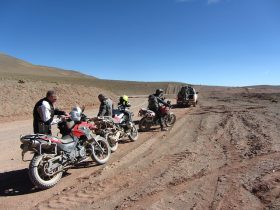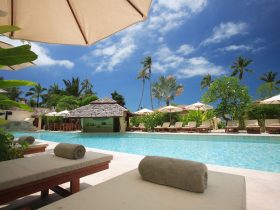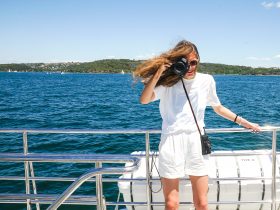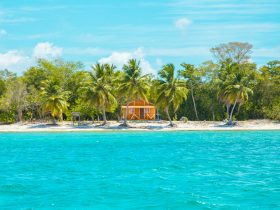The Mendenhall Glacier is in Juneau, Alaska. It is an accessible glacier that has been a tourist attraction since the early 1900s. The glacier has receded significantly over the past one hundred years. That doesn’t stop people from taking the opportunity to hike, tour by trails, or take a tour on the icy waters of Mendenhall Lake. This blue ice sheet captivates tourists of all ages and backgrounds with its stunning beauty.
History of the Mendenhall Glacier
The Mendenhall Glacier, in the Tongass National Forest of Alaska, is about 13.6 miles long and has a depth of 1,800 feet. They named it after Thomas Corwin Mendenhall, a noted scientist from the U.S. Coat and Geodetic Survey from 1889 to 1894. They renamed the glacier in his honor in 1892 from its previous name of Auke Glacier.
Where is the Mendenhall Glacier?
The glacier is located twelve miles away from Juneau’s downtown area and visitors can easily access the glacier by tour. There are several places to look out onto the glacier, including an opportunity to go overland. Enjoy walking along a 4-mile trail through the forest and moon rock-like trails while observing wildlife, plants, and the surrounding area.
While you’re exploring the glacier and its surrounding areas, be mindful of the glaciers calving. Most reports of people falling through the ice are at the face of the iceberg and the thinner ice created by calving.
Environmental Impact
The glacier has experienced significant retreat over time because of climate change effects on glaciers worldwide. It is the fifth-largest icefield in North America, boasting a 1,500-square-mile radius and is about 2,000 feet above Juneau.
The glacier has had many significant changes over time, including 100-150 ft retreat each year from when it was first discovered. There have also been several other major changes, such as an increase in icebergs breaking off the glacier and a smaller glacial mass.
What plants and wildlife live here?
One of the major draws to this glacier is its wildlife, which includes the snowshoe hare and mountain goats. The forest surrounding it provides homes for other wildlife and plants with the nutrients the glacier provides all year round. The glacier uses the flowering lupine and alder to add nitrogen to the soil. This helps it provide nutrients for these plants and wildlife. This makes it an interesting place to see how ecosystems depend on one another.
Take a tour of the Mendenhall Glacier! Get up close while learning about its history, environmental impact on the area, and how it’s changed. It’s an incredible way to spend your day with friends or family members when visiting Juneau! If you want to see all these things for yourself (and who wouldn’t?), book a tour today and explore Alaska’s wild beauty firsthand!








Leave a Reply